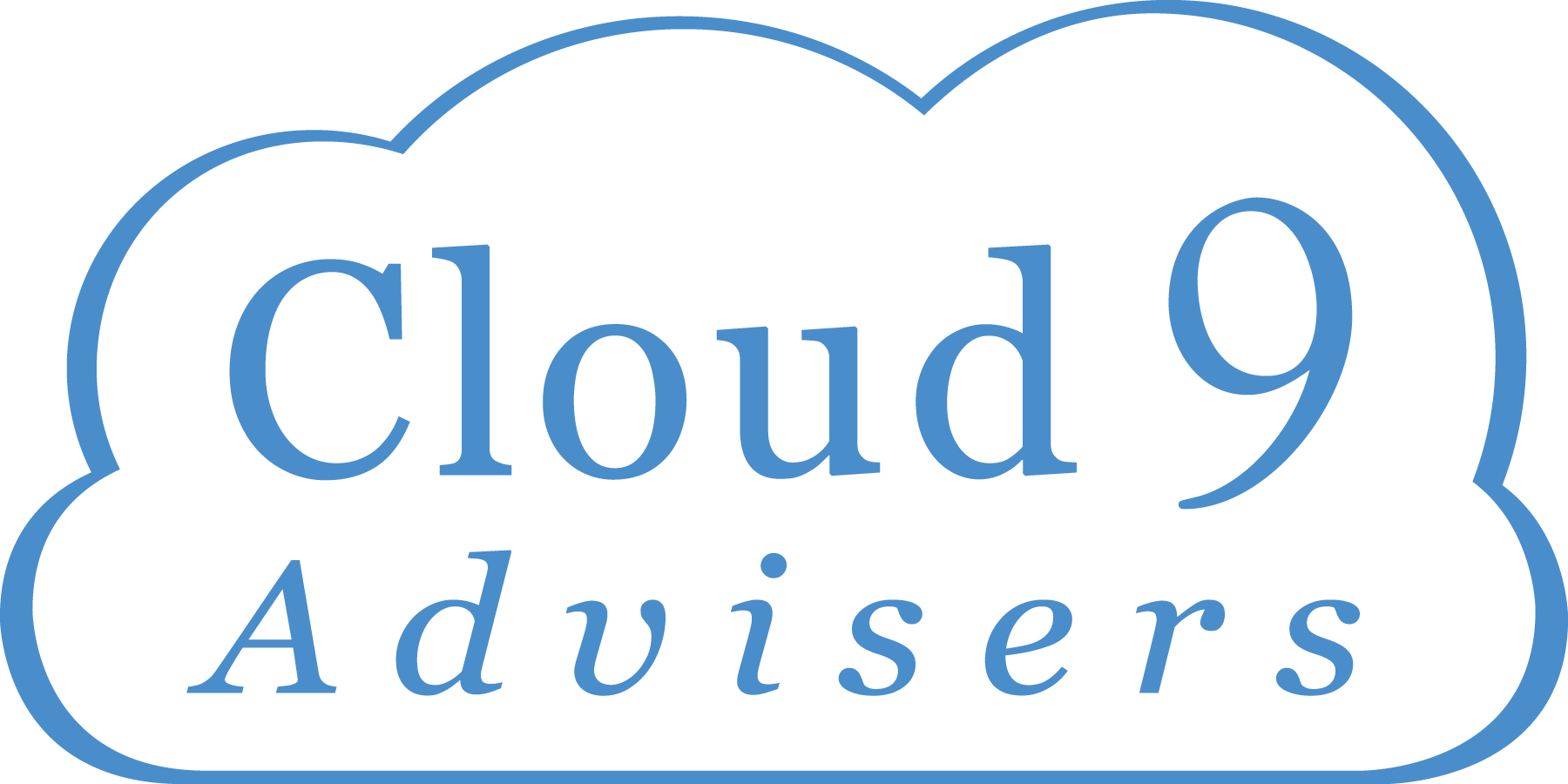Get the Right Recovery Solution for Your Business: Sky Data Vault

By Sky Data Vault, see the original article here: SkyDataVault.com
Cloud 9 Advisers, Supplier Spotlight: Sky Data Vault

Cloud services make it much easier
6 Keys to Assessing your Disaster Recovery Needs
- Data risk – How much, if any, data is at risk if all things function as they should? If you backup once a week, for example, you could lose up to a week’s data. Services that offer monthly, daily or hourly backups change the amount of data at risk. How much data is tolerable for you to lose?
- Recovery time – How long will it take, from the time you experience an interruption, until you have fully recovered? This will give you a sense of what could happen to business operations, and customer service.
- Data coverage – What is being backed up? Your daily files? Email? Archives? What data do you need covered and to what extent?
- Systems coverage – Are your software systems also backed up? Are all of your systems covered or are there some that you can reboot or reconstruct later?
- Continuity – What kinds of losses would create a business interruption? How disruptive would it be? How long would that interruption last? How long an interruption can you tolerate?
- Resource requirements – There are several things to consider here. Budget is an issue, of course. You should also check how much manpower and expertise you’ll need to keep it running smoothly. Systems need to be regularly tested to ensure that when it matters they really work. What is the process for recovering from a loss and who is responsible for managing and executing the work?
Cloud-based services designed to help: BaaS, RaaS, DRaaS and MDRaaS
So what are the options and jargon out there and what do they mean?
Backup as a Service is protection for your library of content. It’s useful if you have large file archives. It backs these files up to the cloud and can restore them to your physical storage media. It is useful for companies that have to retain records for regulatory or legal purposes, and also for any kind of company where the work product is stored in files. This could be anything from a creative agency, to an architecture firm, to magazines and journals. Manufacturers looking to save archival product designs and technical specifications should have this kind of backup as a minimum. Medical, legal and financial companies will all need these items as well.
RaaS, like BaaS, also offers data backup. Unlike BaaS, RaaS can also restore applications, which reduces the number of days of downtime. However, you still need to have dedicated in-house staff and resources to be able to implement and manage any recovery plan that relies exclusively on RaaS. One of the key issues with RaaS is that the data used for restoration will most likely not be the latest data. RaaS does not use real-time replication of data. Therefore there will be some data loss. You will need to talk to the specific vendor about how much data loss is possible and compare that to your business needs. RaaS is the best recovery choice for companies with business operations that don’t rely very heavily on technology but do have IT resources available.
While data loss is inevitable with BaaS and RaaS, DRaaS uses near real-time replication of data through data mirroring technology, minimizing data loss. In addition to recovering data files, DRaaS also recovers hosted applications, system configurations, and critical IT infrastructure. Furthermore, data recovery time can take only minutes instead of the days and hours it would take for an in-house recovery team using BaaS or RaaS. However, DRaaS (like RaaS and BaaS) is unassisted and requires a robust in-house team (a large ongoing investment on its own) to carry out the actual recovery in the event of a disaster.
The reality is that disaster events are often unpredictable, and it is easy to underestimate the resources and support that will be needed to restore business operations. Relying solely on in-house resources for disaster recovery is not only an expensive investment, but it is also risky in the event of infrastructure damage or geographic factors that may keep the IT team from carrying out and implementing the plan. With BaaS, RaaS or DRaaS, last-minute support, guidance, and expertise is, as many businesses learn at the eleventh hour, non-existent.
Conclusion

Every company wants to be your partner, but let’s face it, if they are selling you something, they’re not your partner, they’re just another vendor. Cloud 9 is different. We don’t actually sell anything and we don't charge our clients. We become a complementary extension of your team and help manage the often overwhelming process of finding, evaluating, and selecting the right technologies and competitive providers. Cloud 9, together with our distributors, is made up of more than two-hundred and fifty staff, all devoted to helping you save time and money. Our curated Supplier Portfolio contains nearly two-hundred of the best service provider companies. We are one of the largest buyers of technology in the country. Through us, you’ll get the collective buying power of thousands of other clients. Consider us your informed buyers, strategic partners, and technology advisers. We are impartial, unbiased, and vendor-agnostic. We sit on your side of the table to help you find, evaluate, and negotiate with service provider companies. We’ll help you design the right solution and identify the best technologies. We’ll get pricing from multiple competing companies, then guide you through the evaluation and procurement process. Use our evaluation tools for documentation and due diligence. Plus, have our entire team at your disposal before, during, and after the acquisition of your new services, for as long as you’re in business.
Technology Partners. Strategic Advisers.

